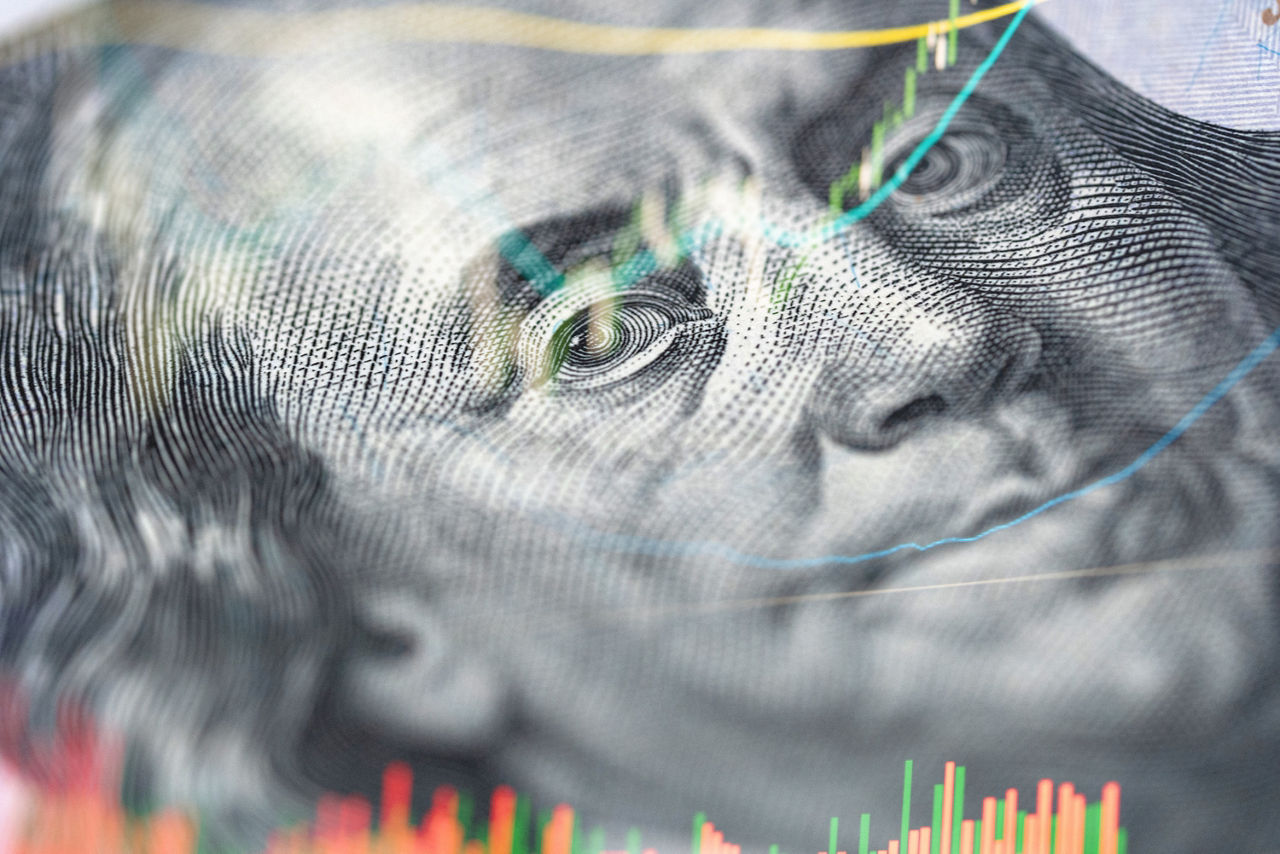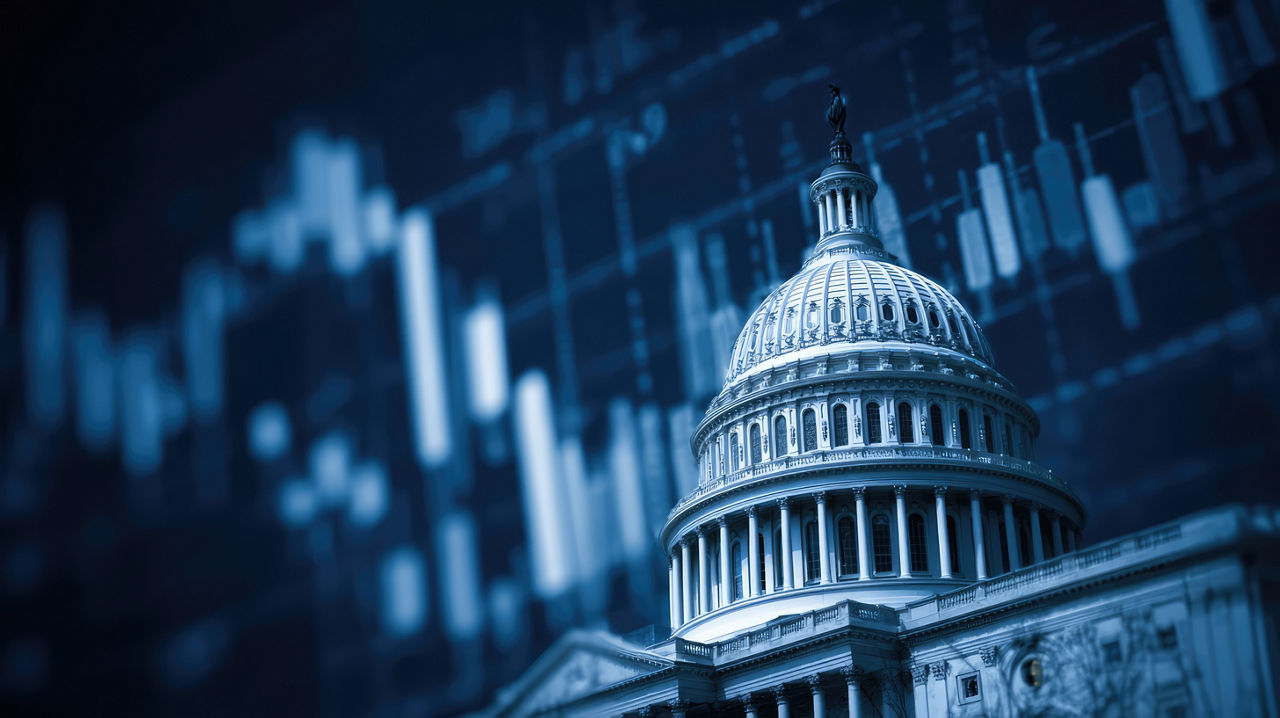Corporate earnings, US trade negotiations and a growing split over interest-rate policy helped set the market backdrop with global equity indexes at or near record highs. Federal Reserve Governor Christopher Waller made his most direct call yet for a July rate cut on Friday, saying economic activity has lost momentum while risks to the labor market have risen. Other officials, including Chair Jay Powell, have backed a more patient approach, observing a relatively resilient US economy that has so far weathered trade uncertainty. Just hours before the Fed announces its decision next Wednesday afternoon, the Commerce Department will issue its first reading for second-quarter GDP growth. The Atlanta Fed’s GDPNow model estimates that US growth hit 2.4% on an annualized basis, according to the latest calculation published on July 18.
Quarterly earnings this week from tech companies, automakers and other sectors provided a window into tariffs’ impact on businesses and corporate America’s ability to navigate an evolving macro outlook. Companies in the S&P 500 are on track to report a combined 5.6% increase in earnings year-over-year, based on reported and estimated results analyzed by FactSet last Friday. On the trade front, Treasury Secretary Scott Bessent told CNBC that when administration officials meet with a Chinese delegation next week, there’s a possibility that both sides will agree to extend an Aug. 12 tariff deadline. Other countries face an Aug. 1 cutoff before higher duties take effect. On Tuesday, President Donald Trump said the US struck trade agreements with Japan and the Philippines.
As the trade landscape and divergent central bank policies transform the investment landscape, PGIM’s market outlooks explore selective opportunities and emerging risks across asset classes.
you may also like
-
US Government Shutdown Brings New UneaseA partial shutdown of the US federal government blurred investors’ visibility into the health of the economy.
Read More
-
Fed Delivers Rate Cut as Job Worries GrowThe Federal Reserve slashed interest rates for the first time since December and put two additional cuts on the table for the remainder of 2025.
Read More
-
Tariff Turmoil Continues to Rattle MarketsThe ongoing uncertainty surrounding US tariffs fueled another bout of uncertainty this week, with investors mulling the ultimate fate of duties on countries across the globe.
Read More
-
Markets Hunt for Clues on Rates, Tariffs and TaxesThe timeline for trade deals, a federal tax and spending bill, and US rate cuts remained in focus this week, as investors hunt for clues that might shed light on a murky outlook.
Read More





